The Lowdown on Wrist Pain
Welcome back to the Total Performance Newsletter! If you are a new subscriber and did not receive previous editions, check out the "Newsletter" tab on my website (www.totalperformance-pt.com) and they are all posted there. If you have trouble accessing this link, please let me know! This month, we will continue to take a look at some specific movement and injury-related issues that commonly arise and how to deal with them.
Before we dive into today's topic, I wanted to give a quick social media plug. Follow us on Instagram (@total_performance_pt) and Facebook (@Total Peformance Physical Therapy). I have been more active in those places and will be making regular posts on ways to further help you move better, feel better, and perform better!
Getting back to today’s newsletter, we are going to discuss wrist pain. More specifically, pain with weight bearing through the wrist, such as if you were doing a pushup. Here we go.
Why It Happens
Pain with weight bearing through the wrist is one of those issues that seem to come out of nowhere. There is usually not a specific injury or incident that causes it, but rather you just start to notice it during exercise or every day activities. It sometimes presents as achy and stiff, and other times more of sharp pain. Either way, it's important to understand common reasons for its occurrence and what to do about it.
Similar to the previous few newsletters, the underlying reason for this type of pain is a movement compensation due to range of motion limitations. When wrist pain seems to show up out of nowhere, we often find range of motion limitations not only in the wrist, but also in the forearm and shoulder. When these range of motion limitations are present, our body will compensate in order to perform the tasks we ask of it. The problem with this is that these compensations lead to an uneven distribution of force throughout our system. In the case of wrist pain, this is an indication that there is extra force going through the wrist due to the underlying movement compensations. To solve the problem, you have to correct the range of motion limitations and subsequent movement compensations.
What to do about it
The first step in solving this issue is to figure out what your specific range of motion limitations are. The best way to do this is to have a qualified professional perform a movement evaluation. If this is not an option, below is a comprehensive series of exercises I frequently use to address the shoulder, forearm, and wrist (click on the names of the exercises for links to video demonstrations).
Self Massage for Forearm/Wrist; as needed (this video mentions tennis elbow, but the massage techniques/locations are the same)
goal here is to loosen up muscles of the wrist/forearm-this will improve range of motion and allow the wrist to get into proper position to put force into the ground
Eccentric Wrist Flexion, Extension, Pronation/Supination; 1-2 sets of 10 reps per exercise (10 reps each direction for pronation/supinaton); *note these are three different exercises
for flexion and extension, move slow on the downward part and normal speed as you raise up; for pronation/supination, move slow in both directions; the slow tempo is key-it helps stretch the muscles that control wrist motion and improves wrist mobility
Desk Breathing; 3-4 sets of 5-6 breaths
maintain chest forward and a gentle forward reach with your elbows; slow, relaxed, full inhales through your nose and slow, relaxed, full exhales through your mouth; as you inhale, should feel gentle stretch in upper back and front of chest; goal here is to stretch the front and back of the ribcage, which improves range of motion at the shoulder; better range of motion at the shoulder helps the wrist get into better positions
Circuit; 2-3 rounds
Hooklying Pullover; 8-10 reps
inhale through your nose as you reach overhead, exhale through your mouth as you return back to start; stay within comfortable range of motion; as you inhale, should feel gentle stretch in your upper chest; this helps improve shoulder flexion range of motion, which
1/2 Kneeling Single Arm Cable Row w/Pronation and Supination; 10-12 reps (can use band or cable machine; can also do standing in Split Stance if more comfortable than kneeling)
start with palm down as you reach long and palm up as you pull towards you; the goal here is to integrate shoulder and forearm motion, which is what is needed to put force through the wrist into the ground
Palms Elevated Quadruped Rockbacks; 2-3 sets 6-10 reps
put towels under palm/wrist to create a downward slope from your wrists to your fingers; stay within pain-free range of motion; as you rock forward, allow hand to "flatten" into the ground; as you rock back, hand should form more of a subtle arch; the goal here is to utilize all the ranges of motion you picked up with previous exercises and build an increased tolerance to weight bearing with proper mechanics
As always, these exercises can be changed, progressed, or regressed as needed based on each individual's needs, goals, and abilities, but this sequence provides a good outline for the things we need to improve in order to resolve wrist pain. If you're dealing with a nagging wrist, give them a shot!
Stay tuned for next month’s newsletter, where will we continue to look into some common issues that arise and practical solutions to deal with them! Also, if you have any topics that you want to see covered in a future newsletter, please let me know!

